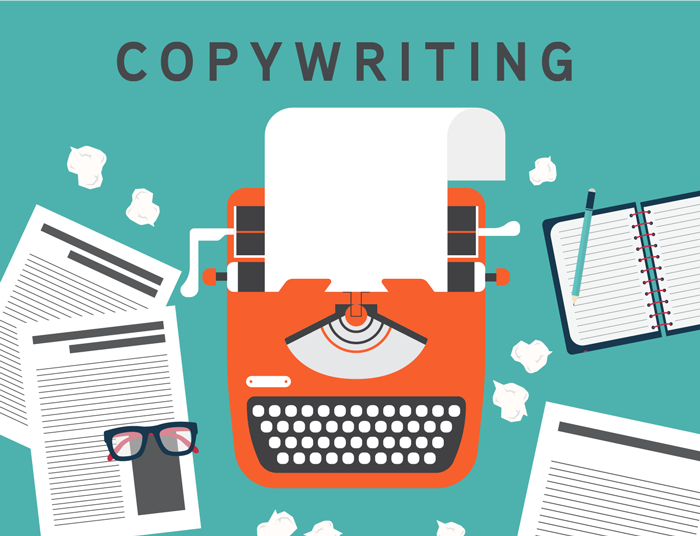When it comes to crafting compelling copy, one debate has stood the test of time: should sales copy be short and snappy with lots of white space, or should it be long and detailed? The answer lies not in the length of the copy but in understanding your target audience. Who are you writing for?
There are essentially two main types of buyers, and each requires a distinct approach. Let’s dive into these buyer personas and explore how you can structure your copy to appeal to both, ensuring maximum impact.

The 2 Types of Buyers
1. The Impulsive Buyer
This buyer is quick to decide and has little time to spare. They’re often juggling a busy schedule, rushing from one task to the next, and don’t have the patience to sift through lengthy content. For the impulsive buyer, it’s all about first impressions. They skim headlines, glance at photos, and take in bold statements. If your copy doesn’t grab their attention immediately, you’ve lost them.
2. The Analytical Buyer
This type of buyer is methodical and detail-oriented. They prefer to make decisions based on evidence and logic rather than instinct. They will read every word, analyze claims, and even pore over the fine print before deciding to buy. For them, details matter, and missing information could mean losing the sale.
Now that we know who we’re targeting, the real question is: how do you reach both types of buyers?
How to Reach the Impulsive Buyer
Impulsive buyers need a copy that’s visually engaging and gets to the point quickly. Here’s how to grab their attention:
- Headlines That Pop
Use bold, attention-grabbing headlines that communicate the core message instantly. Make sure your headlines evoke curiosity or solve a problem. - Visually Appealing Subheadings
Subheadings break up the text, making it easy for skimmers to follow. Each subheading should summarize the section’s key point. - Dynamic Use of Graphics
Enhance your message with visuals like photos, charts, or infographics. Pair them with captions that highlight the product’s benefits or features. - Play With Formatting
- Use bullet points to make lists scannable.
- Incorporate varying fonts and font sizes to emphasize critical points.
- Include bold or shaded text to draw attention to essential phrases.
- Call-to-Action (CTA)
Place a prominent, action-driven CTA that’s hard to miss. Phrases like “Buy Now” or “Sign Up Today” work well.

How to Reach the Analytical Buyer
While impulsive buyers are drawn to surface-level appeal, analytical buyers need depth. They want proof and substance. Here’s how to satisfy their need for information:
- Supportive Subheadings
Use the same engaging headlines and subheadings you crafted for impulsive buyers, but back them up with detailed content beneath. Analytical buyers will read beyond the surface. - Comprehensive Information
Answer all potential questions. Include product specifications, testimonials, and evidence to substantiate claims. For instance:- Provide case studies or real-world results.
- Include comparisons to competitors.
- Trust Builders
Analytical buyers seek reassurance. Use trust signals such as:- Guarantees (e.g., “30-day money-back guarantee”).
- Statistics (e.g., “98% customer satisfaction”).
- Certifications or endorsements.
- Logical Flow
Arrange your content so it logically builds a case for why your product or service is the right choice. Use persuasive arguments backed by data.
Why Appealing to Both Buyers Works
The beauty of a well-crafted sales piece is that it doesn’t force you to choose between targeting impulsive or analytical buyers. By blending visual appeal with substantial content, you create a harmonious balance that caters to both.
For example:
- Your bold headlines grab the impulsive buyer’s attention, while the supporting details satisfy the analytical buyer’s curiosity.
- Your graphics captivate the skimmer, but your detailed captions ensure the methodical reader gets the full story.
Understanding your audience and addressing their unique needs is the cornerstone of successful copywriting. The overlap between impulsive and analytical buyers means you’re not just doubling your chances of success—you’re creating a unified message that resonates across the board.
The Bottom Line
Knowing your audience is more than half the battle in copywriting. By tailoring your approach to meet the needs of both impulsive and analytical buyers, you can craft a marketing piece that guarantees results.
Remember:
- Grab attention with compelling headlines and visuals.
- Keep the impulsive buyer engaged with easy-to-skim elements.
- Provide depth and detail for the analytical buyer to feel informed and confident.
With these two secrets in your arsenal, you’re well on your way to creating copy that converts!

